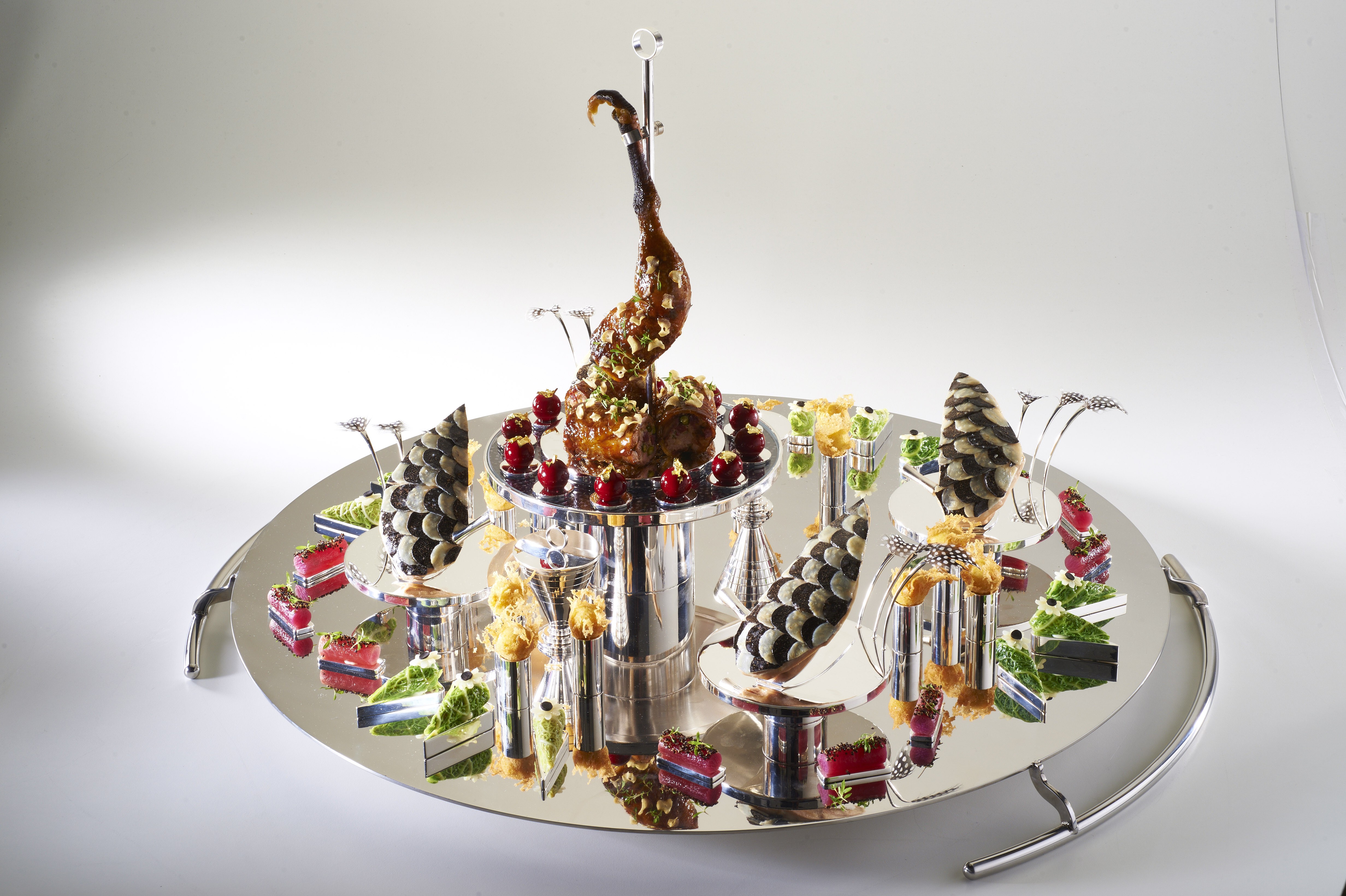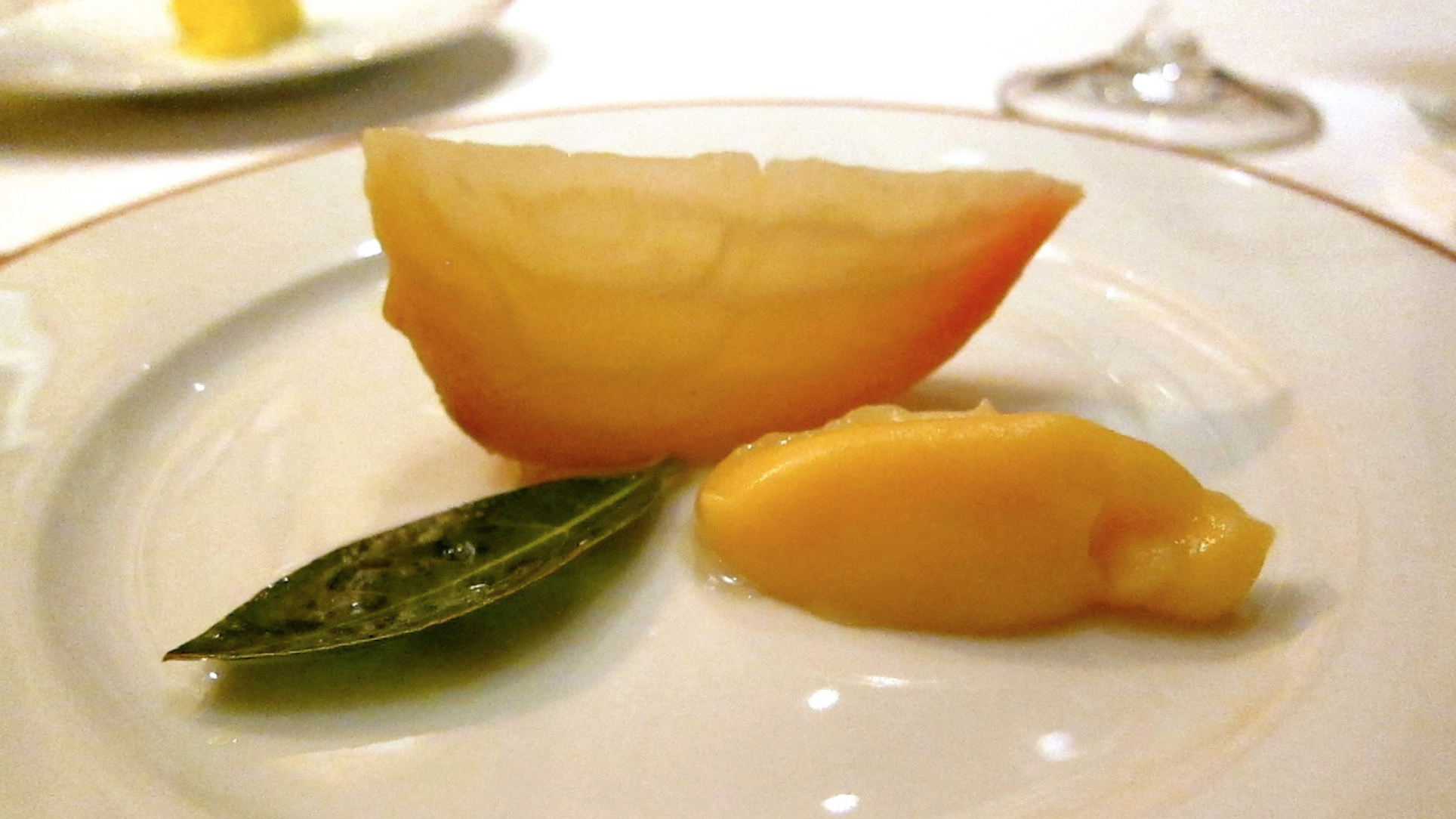As I write, 24 national teams have presented their final dishes at the Bocuse d’Or, the equivalent of the chef’s Olympics, or World Championships. This biennial competition typically begins with 60 national competitions to find a champion for each competing country {though this year the US team was selected following the submission of resumés, – the winning candidates worked at The French Laundy for Thomas Keller, the President of the US team}.
Once selected, the teams enter the three continental regional competitions in Latin America, Asia-Pacific and Europe, whittling down the numbers to 22. There are two wild-cards for chefs selected by the governing body {which this year includes Grant Achatz} – this winnowing process takes 18 months.
Those awarded a place at the final have two month’s notice of the ingredient selection – and new for 2015 – on the eve of their allocated day they are notified of a mystery vegetable ingredient which has been drawn from a hat {which turned out to be fennel}. The competition runs over two days, with twelve teams competing each day, and each team has 5 hours and 35 minutes to complete their menu. Theoretically teams can prepare for the ‘mystery ingredient’speed bump by practising extensively with different vegetables beforehand, but with so many teams working right up to the last minute in their restaurants, it’s much harder to achieve than it sounds. As always, it’s a question of funding.
The US team managed to secure a very substantial budget, some say $1million +, and as a result were able to spend over six months preparing for the event, and refining their dishes. On the other hand, the UK team carried on working in their restaurant kitchens, under-funded, and relying on the goodwill of all involved. They’ve even initiated a crowdfunding page to help support their efforts.
Whilst the teams from Japan, the US, and other countries are lauded for their efforts, our team is barely known back home. In the ‘vote for your country’s poster’ competition, we were on a shocking 7 votes when I last looked – by comparison the Hungarian poster won the competition with 1,841 votes.
And when it comes to practising, the UK’s Adam Bennett completed 11 trial runs – one wonders just how many the US team completed? If I sound as though I’m being critical of Adam and the UK team, I’m very definitely not! However I’m not critical of the US team either, they played the game, their food looked stunning, and they performed on the day.
I’d just like to think that we can get behind our team, and give them all the support they need for 2017!
Check out the UK’s beautiful dishes…
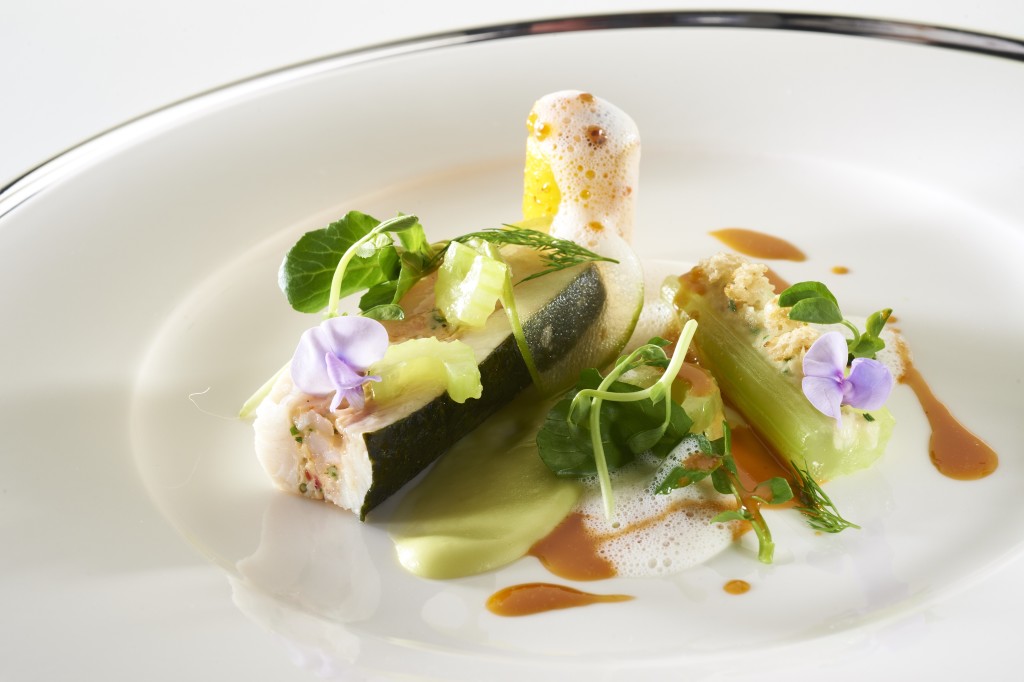
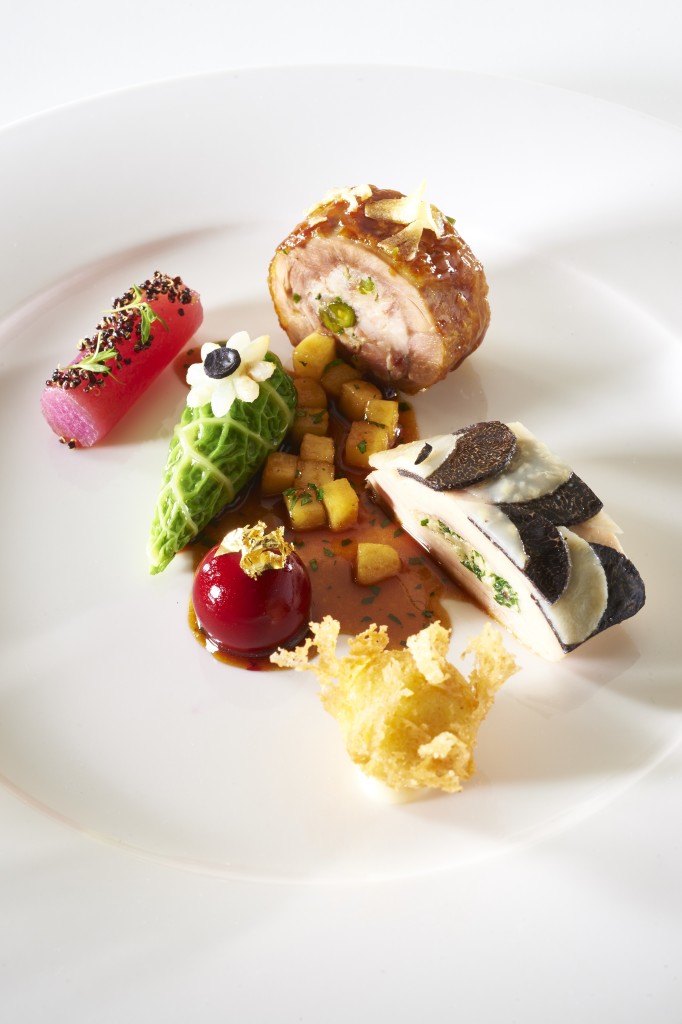
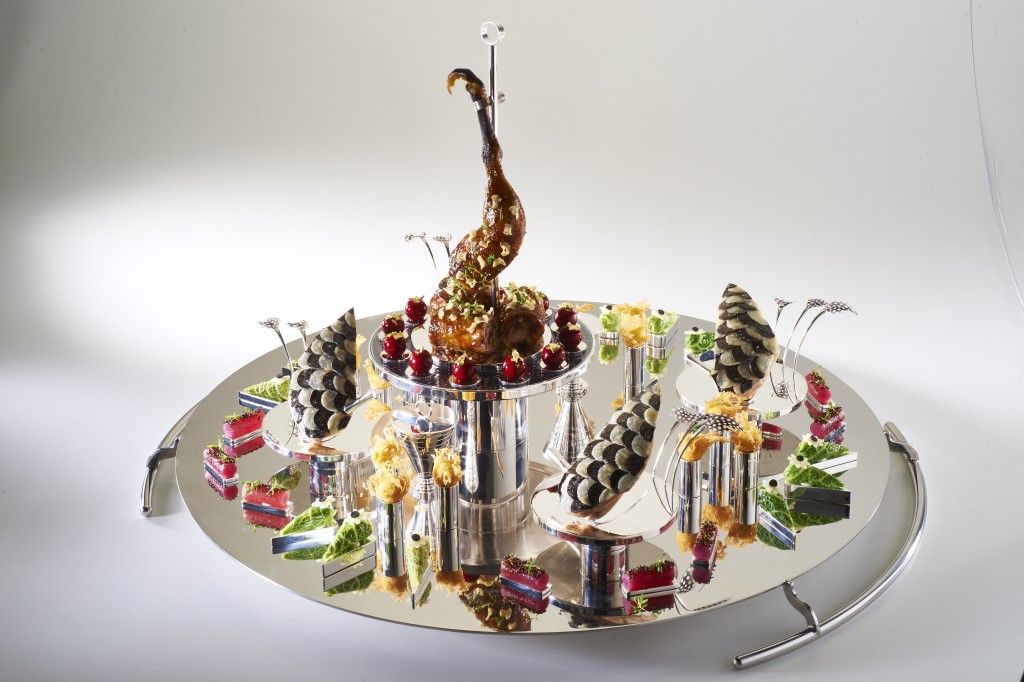
The UK came in 10th place – our chaps did an outstanding job, and we need praise them for all they achieved. I missed most of the opening day but the stand-out dish of day two, for me, was the Japanese fish course. Served in a stunning net covered cloche, as though you were catching your own fish, it came with a heating element below the plate, with a verbena scented mist. It looked beautiful, and the judges certainly seemed to be tucking into it with gusto… It wasn’t a surprise then that Japan won the Fish Prize this year. Finland won the meat price, and the podium places were awarded as follows:
1st Place Norway
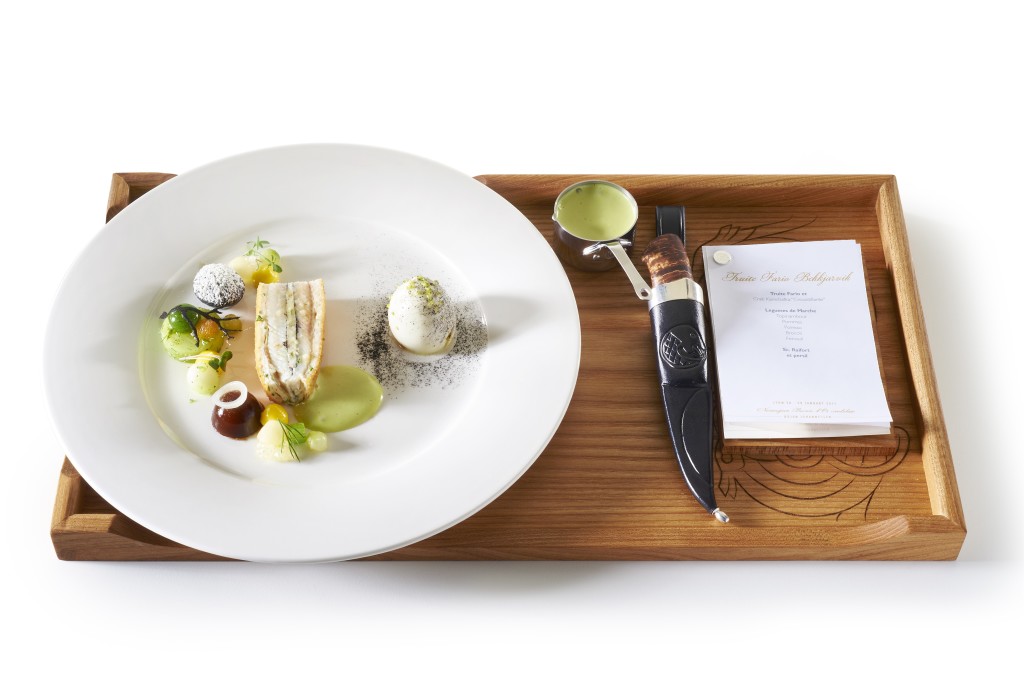
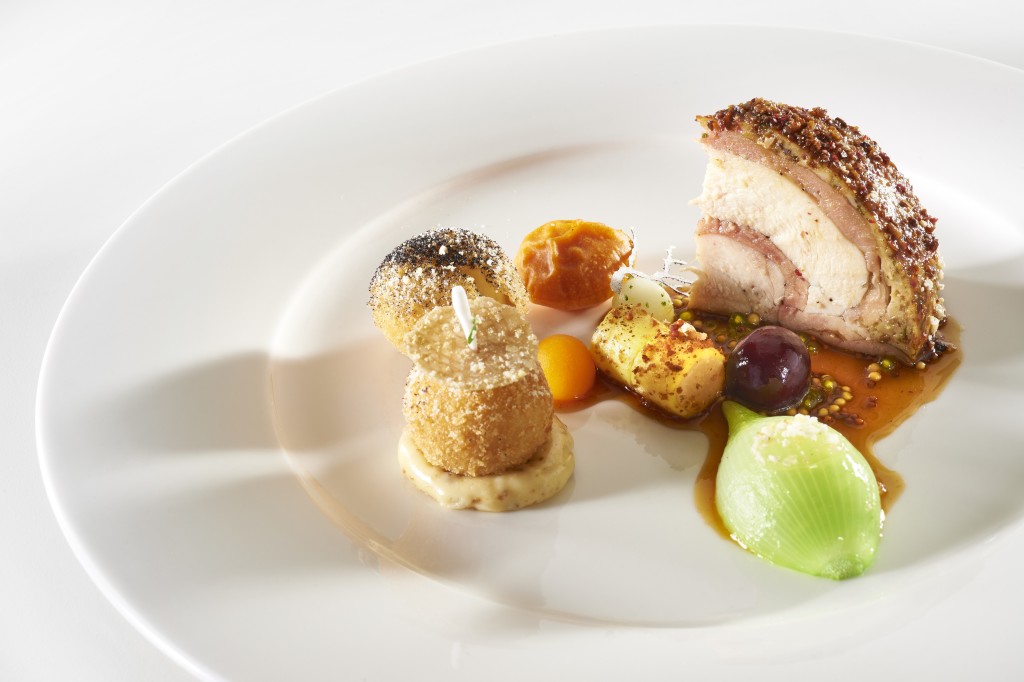
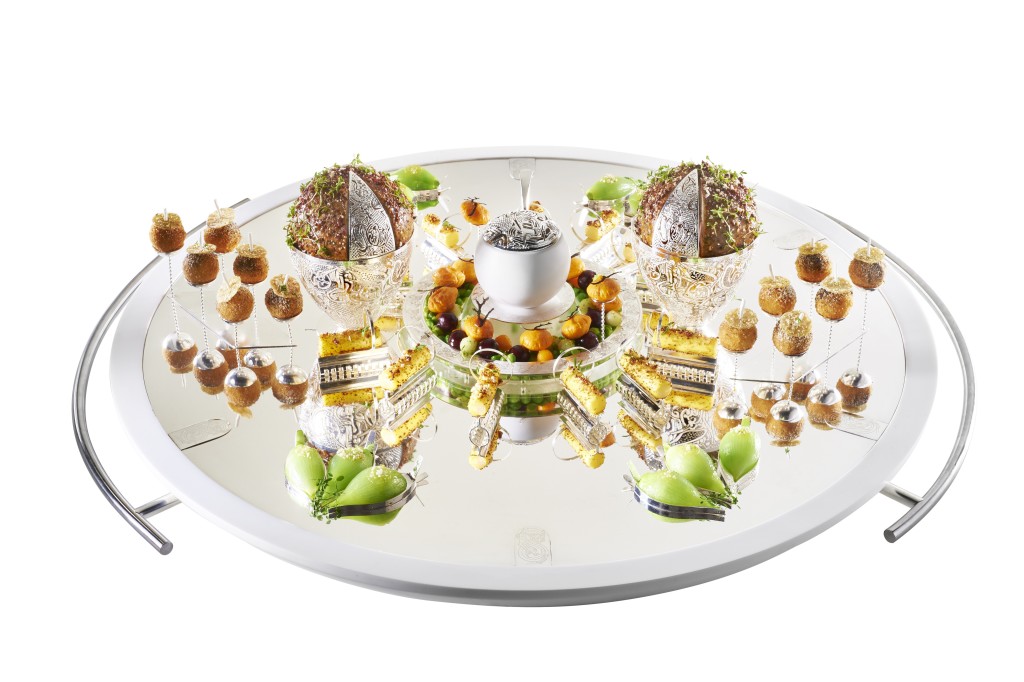
2nd Place USA
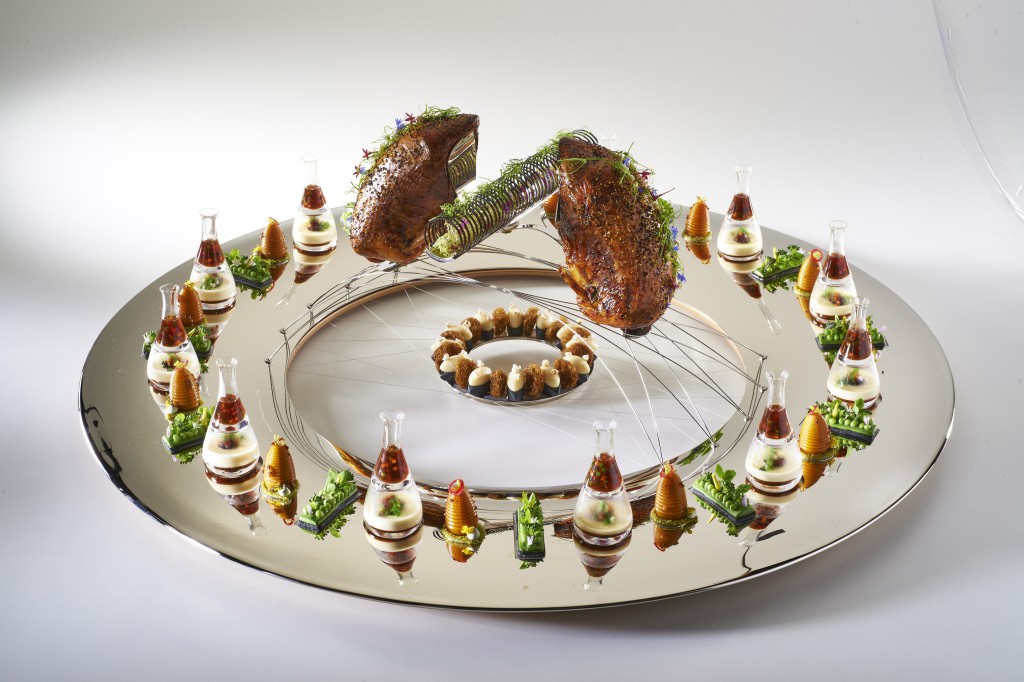
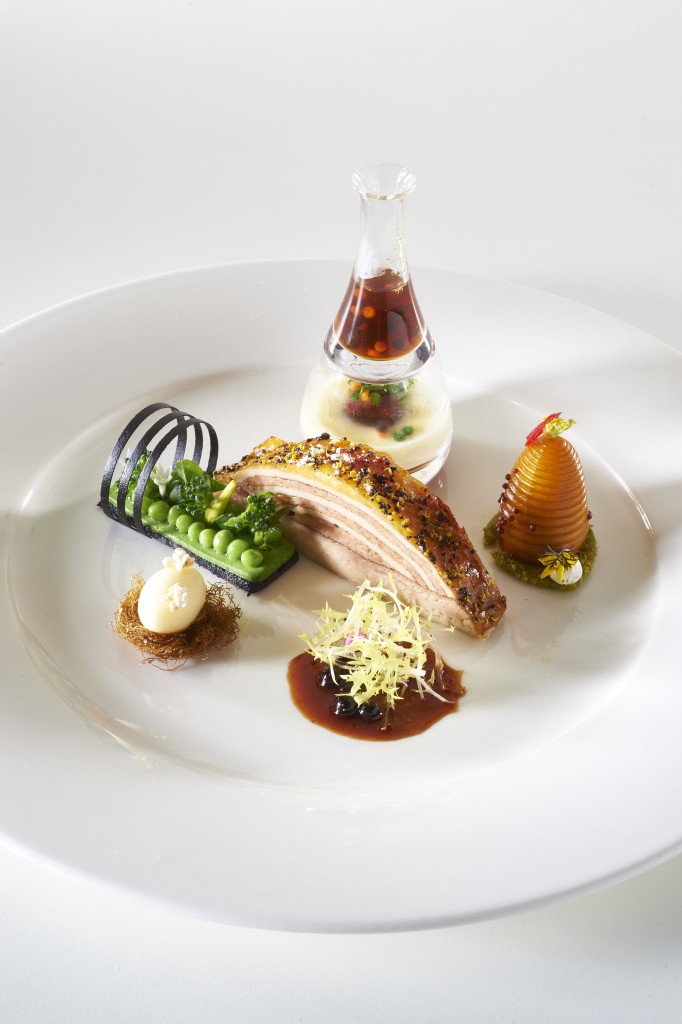
3rd Place Sweden
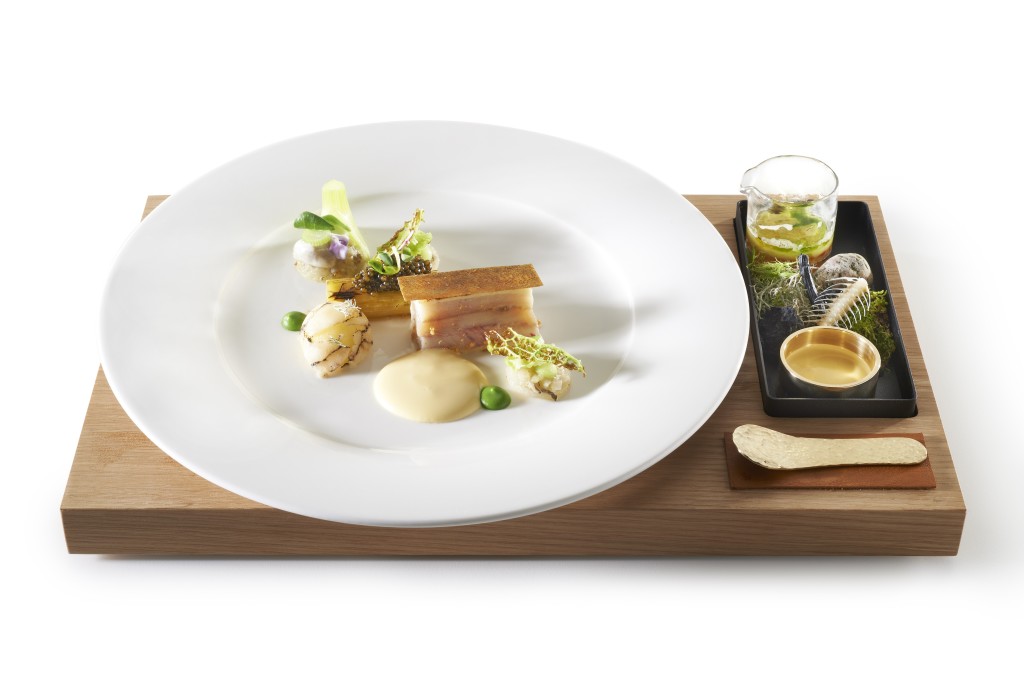
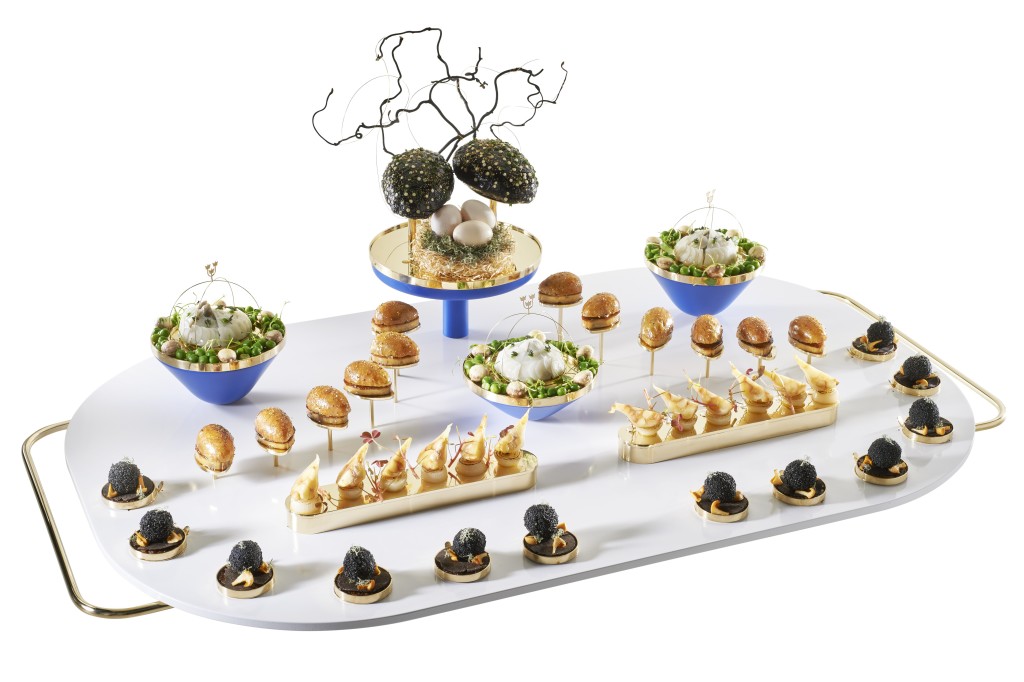
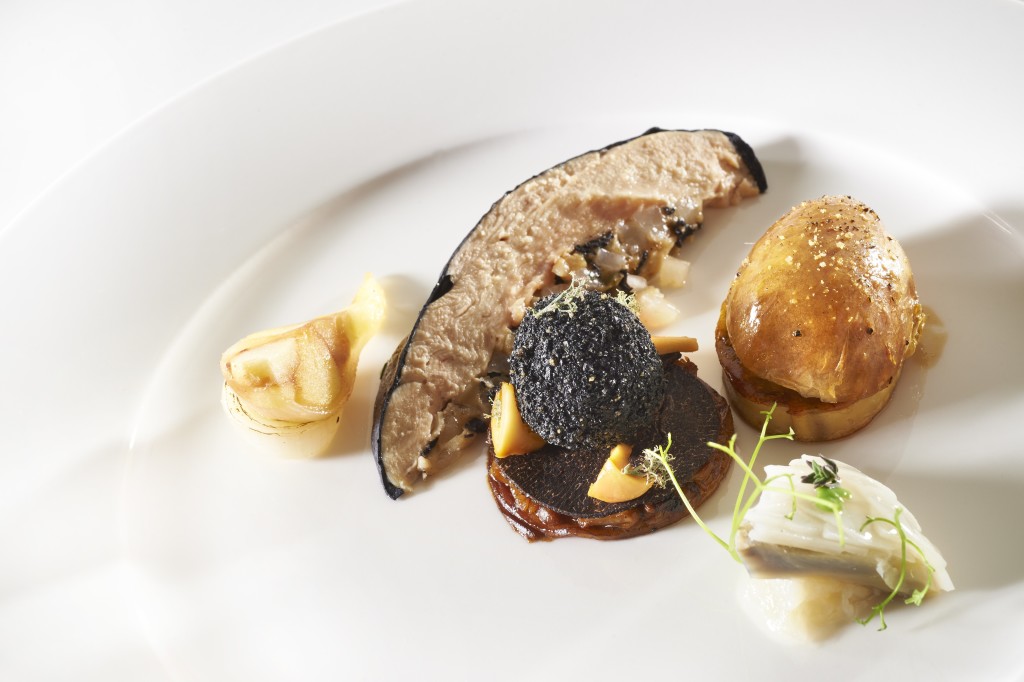
The photographs are from the Bocuse d’Or Flickr feed, and are copyrighted according
https://www.flickr.com/photos/bocusedor/
